Table of Contents
Internal gear hubs have been available in bikes for over a century now, offering cyclists a simple and almost maintenance-free gear system thanks to a reduction in external parts. They are pretty well impervious to water, mud, dust, sand, rocks, and branches. Although they appear complex when you look at the sheer quantity of components, internal gear hubs are actually quite simple in operation.
The pinnacle of internal hub design for almost 20 years has been the Rohloff Speedhub. Despite its age, this 14-speed hub has been a key component on thousands of touring bikes, including many of my own. As far as I know, it’s still the most efficient internal gear hub available; so good that Rohloff has moved upwards of 150,000 units.
But Norwegian company Kindernay is keen to shake things up a little. They’ve just announced a product called the Kindernay XIV hub that is destined to give the Rohloff some real competition.
The Kindernay XIV Hub In Numbers

14 gears
1400g for the gear hub
101g for the hub shell
365g for the hub shifters (inc. cables)
543% gear gange
13.9% gear intervals
24 hub engagement points
28, 32, 36 hole lacing
100mm hub shell diameter
135, 142, 190, and 197mm axle lengths
10mm or 12mm bolt-thru axle compatibility
€1249
Who’s Behind the Kindernay XIV Internally Geared Hub?
This hub has been in development by a Norwegian team of engineers (and cyclists) since 2010. Their history of mechanical innovations are found under the sea, on land and even in space. More importantly, their expertise has been used to create automotive transmission parts for all of the big European brands.
What Is The Kindernay XIV Hub?
The first thing you’ll notice is that the Kindernay XIV is a modular system. The ‘gear hub’ is able to be removed from the wheel so that it can be installed on multiple bikes with different wheel and tyre dimensions. This means you could have a touring bike, mountain bike, folding bike and fat bike all running the same gear hub!
This Norwegian-built hub features 14-gears that are equally spaced across the equivalent gear range of a mountain bike drivetrain. So really, there’s no reason why it won’t get you up the steepest hills. The XIV hub name refers to the number of gears of the hub in Roman numerals.
How Does the Kindernay XIV Hub Work?
There are three main parts to the Kindernay XIV hub internal gear system.
The XIV is the planetary gear hub where most of the magic happens. Like other gearboxes, it is filled with oil and sealed away from the elements. That bolts into the SWAP hub flange using the same seven bolts that secure the brake rotor. The HYSEQ is the hydraulic shifting system which uses a shifter on each side of the handlebars to move the gears up or down. It is currently only available for 22.2mm flat handlebars, but Kindernay has plans for other options.
Like other internal gear hubs, the XIV needs to be secured. The Kindernay XIV uses an axle plate that slides into a specially-made disc brake adapter. It also needs to be serviced every 5000km via an oil drain, rinse and refill.
For a more in-depth description of how epicyclic gear systems work, head to the Kindernay FAQ page.
Comparison To A Rohloff Hub
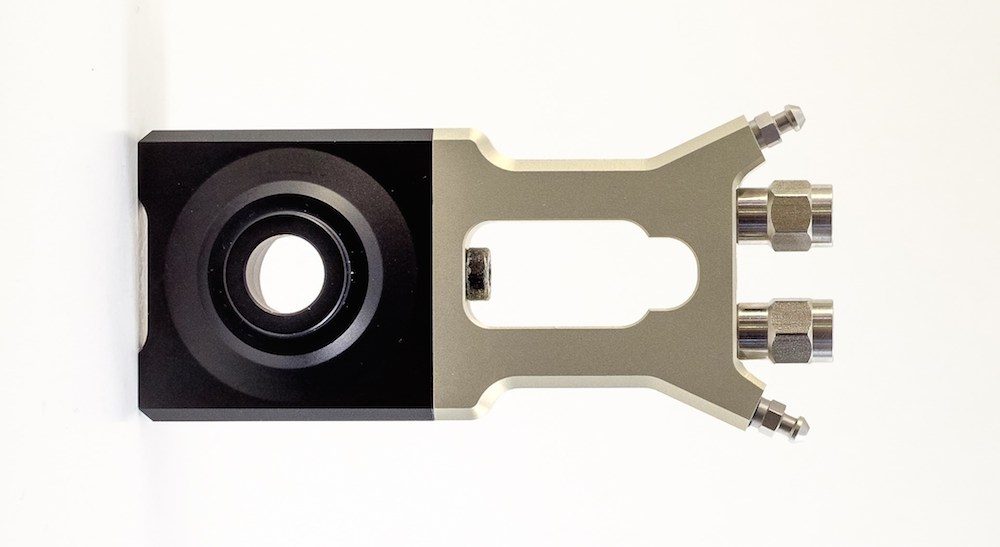
One gear hub for multiple bikes. You could have multiple bikes that all use the same gear hub.
Over 300g lighter. Given that the Rohloff hub/shifter/cables are around 2200g, this hub is ~15% lighter overall.
Wider gear range. The overall gear range of the Kindernay XIV is around 3% more than a Rohloff hub (543 vs 526%).
Bigger gear steps. Given the hub has additional range, it has 13.9% intervals (vs. 13.6%) between gears.
Higher max input torque. The Kindernay permits an input torque of 160Nm compared to 130Nm on a Rohloff.
Hydraulic shifting. With fluid in the shifting cables, the Kindernay offers a lower friction shift.
Trigger shifters. The Kindernay offers a trigger shifter solution rather than a twist shifter.
The Kindernay XIV for Bicycle Touring
I don’t see why this hub wouldn’t be a great match for a touring bike. Like the Rohloff hub, the gear range is exceptional and 14 gears are certainly enough. Unlike the Rohloff hub, you wouldn’t need to ship the whole wheel away for repair. In fact, the worst-case scenario is that Kindernay sends out an entirely new unit that bolts straight in.
Pricing and Availability
The Kindernay XIV hub will not be ready until mid-2017 (update – it’s finally available in mid-2020) and is €1249. The reason the price is high is due to the small-scale production, quality of materials, and the fact it’s made in Norway. The hubs are expected to come down over time as they upscale their production and automate parts of their manufacturing process.
Final Thoughts
This is a really promising bit of kit and I can’t wait to have a play with one. I have my fingers crossed that Kindernay can pull this off, as it can only be a good thing that there is increased competition between Rohloff, Pinion, and Kinderney.
Like any untested, first-generation product there is always a risk that it won’t work as advertised. Will the hub shell interface make any noise? Will there be any oil leaks? Will it be efficient? Will there be any loud gears? How often will we need to bleed the shifter and service the hub? Will it stand the test of time?
I’m feeling pretty good about this one.


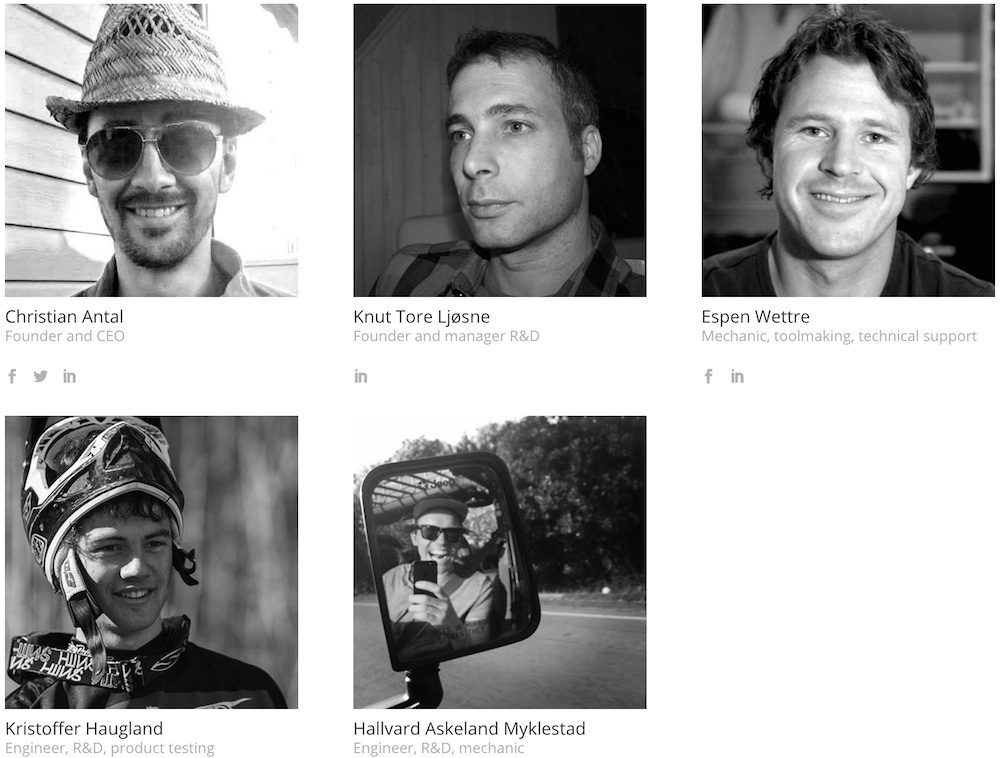
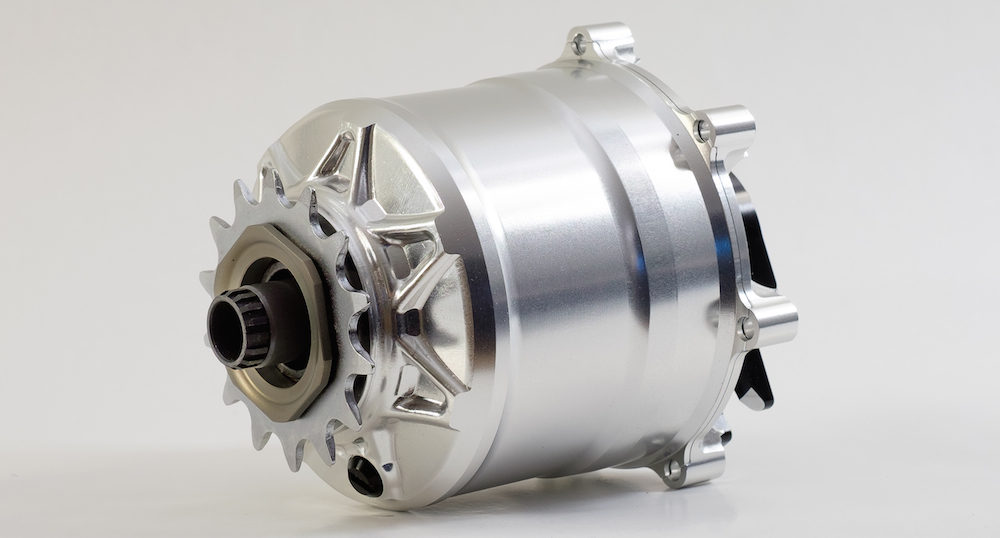
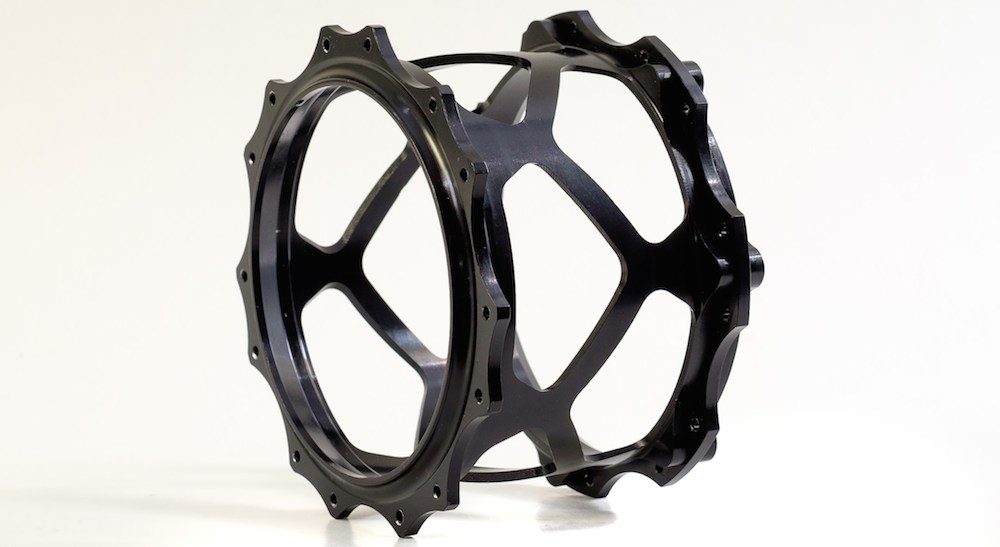
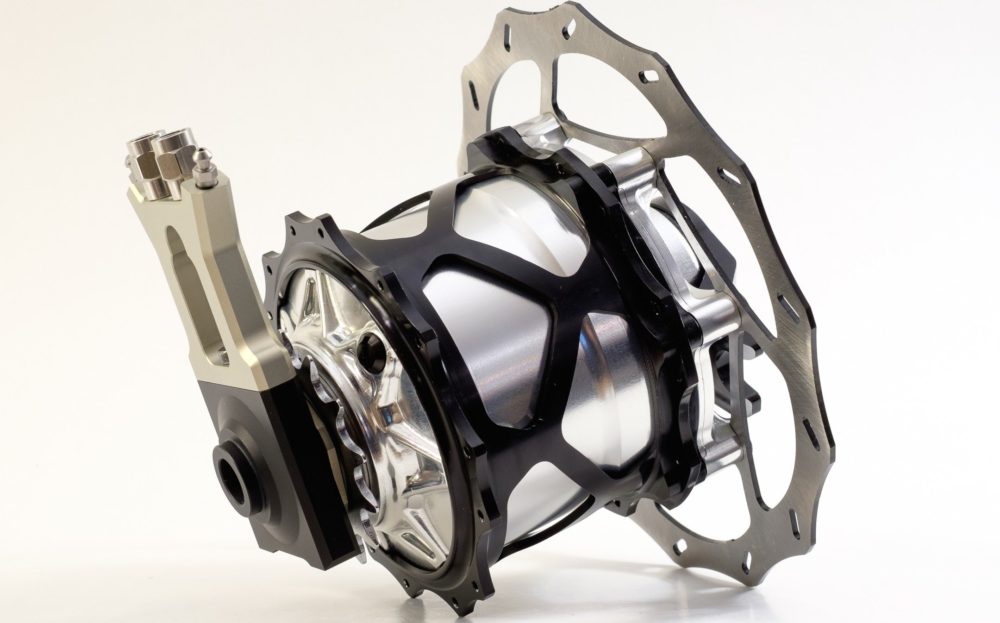

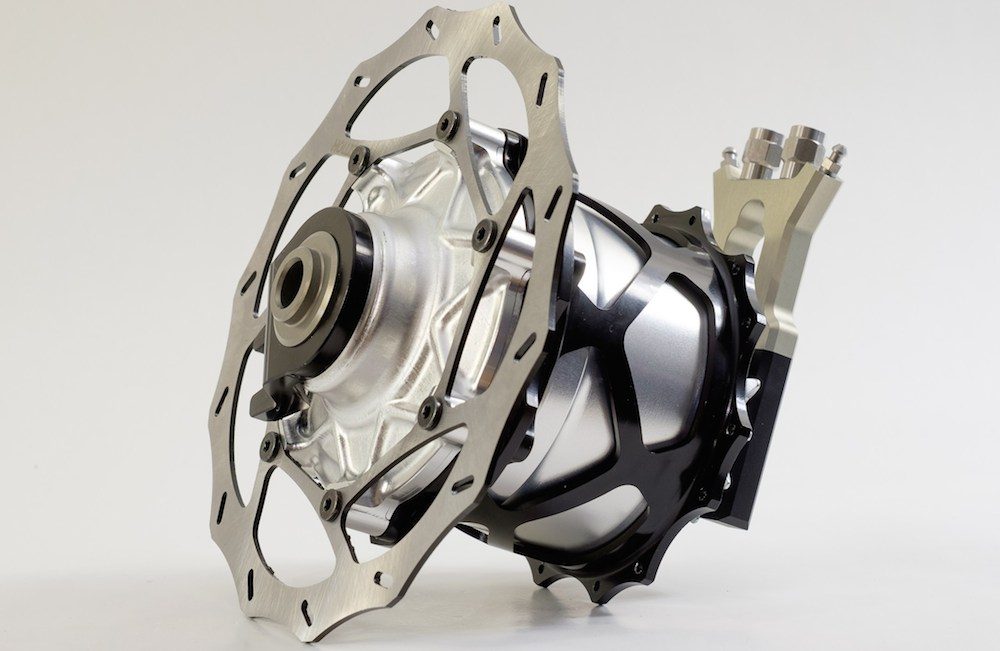
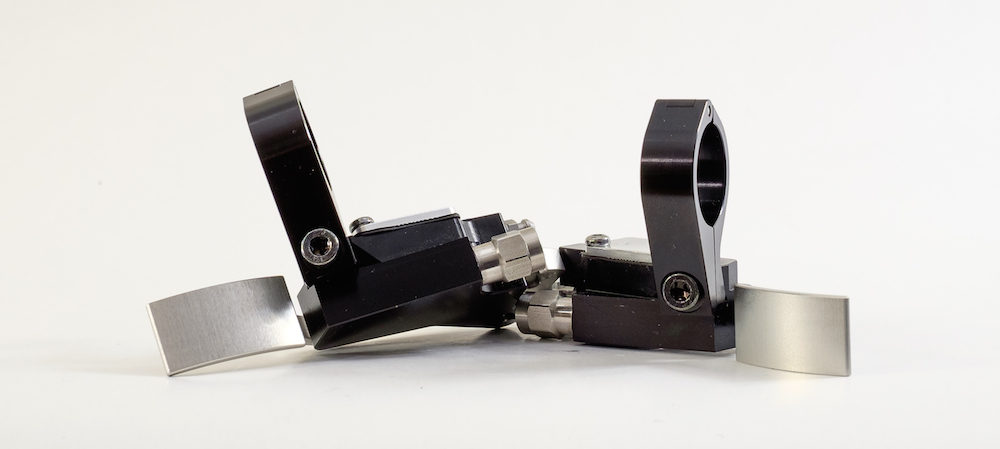
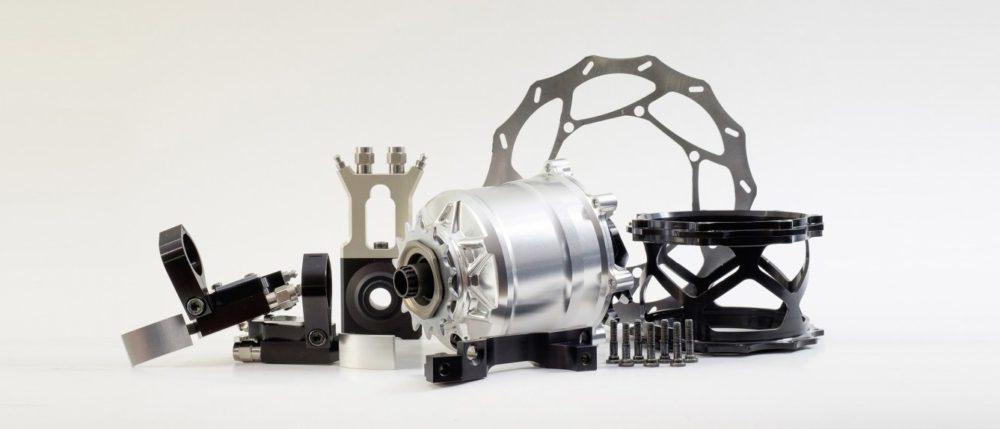




hopefully it will force Rohloff to put the price at least a bit lower
I am little worried about the way shifter works – by fluid in the cables. Well, there is a reason why bikepackers/offroad cycle tourists choose mechanical disc brakes rather than hydrualics. Because they are not reliable in hard terrain and during long hauls. Anyway, hope norwegians pull off a great product, and then more companies would like to engage in this market niche.
Were can I preorder please?
On the site is not working.tx
It’s working for me: http://www.kindernay.com/product/2017-kindernay-xiv-og-beta-program-kun-norske-kunder/
Doubtful. The early bird price is already higher than that of a Rohloff.
Hmmm, what do we think about the 28 spoke only spec? Personally I’m going from 32 spokes to 36 to build my mext set of touring wheels. 28 may be good on mtb bikes as the support vehicle s just a few km away but touring? Any thoughts?
I’ve found that it’s not necessarily the spoke count that matters. It’s a matter of using an ultra-stiff rim in combination with even spoke tension. While the hub is obviously not intended for bicycle tourers, I’m still keen to give one a go!
A motorbike type master cylinder and a cable operated adapter could solve this problem.
Why have the gears in the wheel?
Seriously would it not be better to have the hub sitting on the crank?
You could use any old wheel you want.
The gears are out of harm’s way.
Swap wheels easily.
Reduce the size of the front chain ring to reduce bottoming.
Take chain up and over and allow the chain stays up.
Lots of options to make a simpler and more robust bike.
While I agree with your points, there are pros and cons to both setups.
– You can transfer this between bikes.
– It doesn’t need a specially-designed frame.
– It’s lighter than a crank-based gearbox.
– It has a narrower crank q-factor.
Need a 32 hole version…